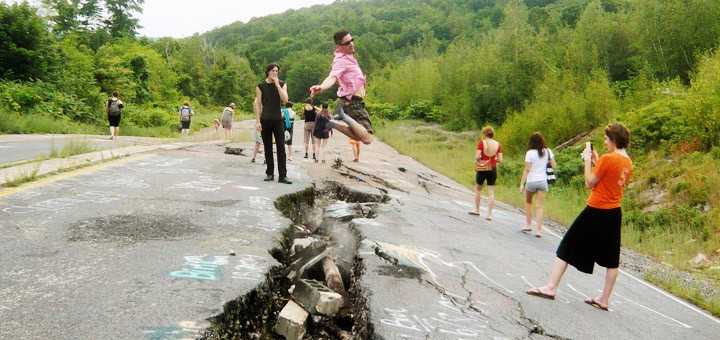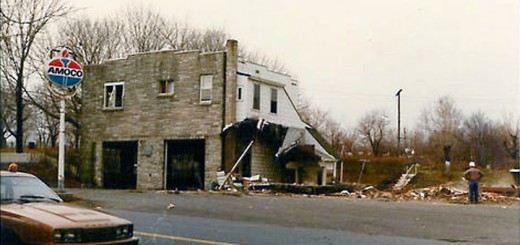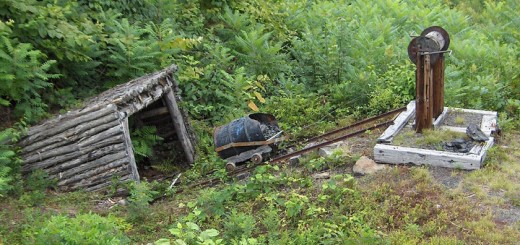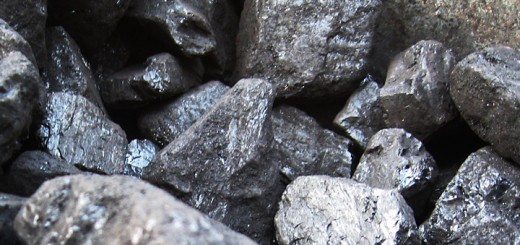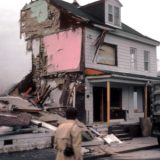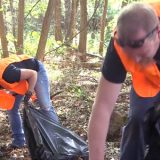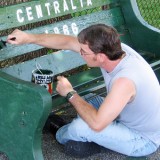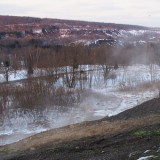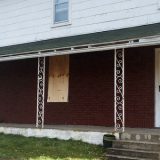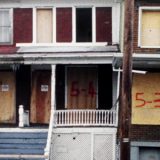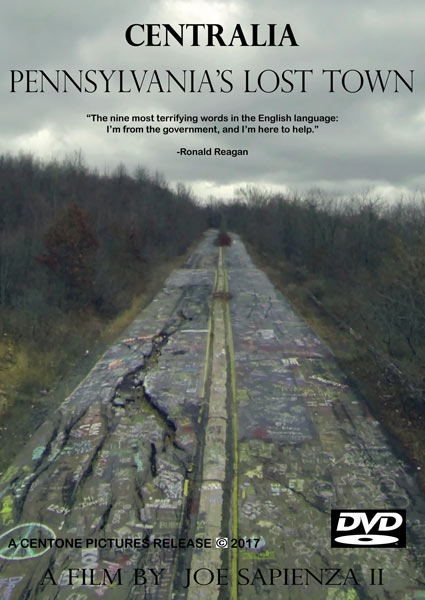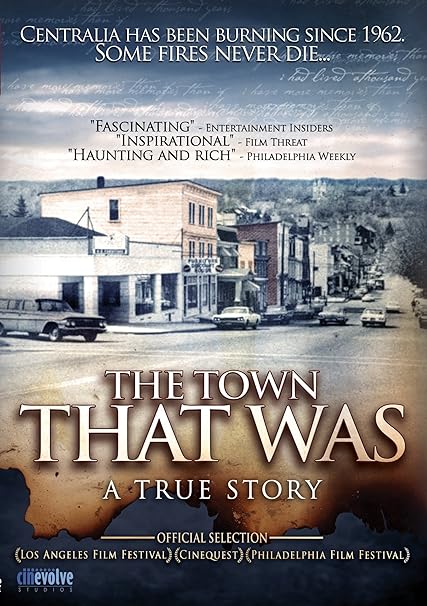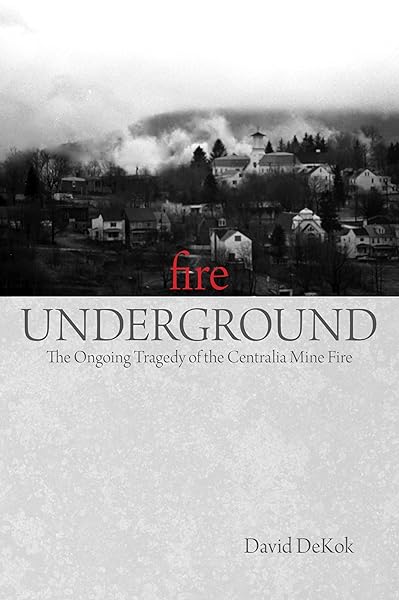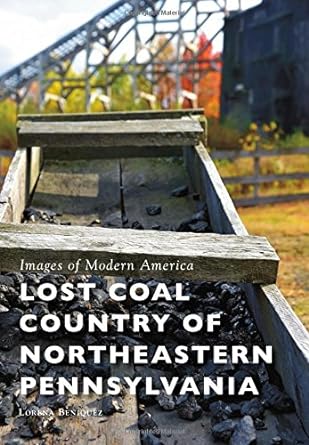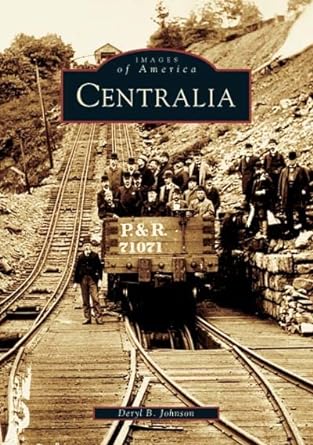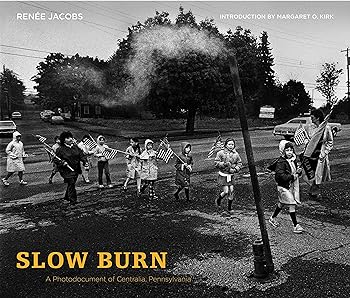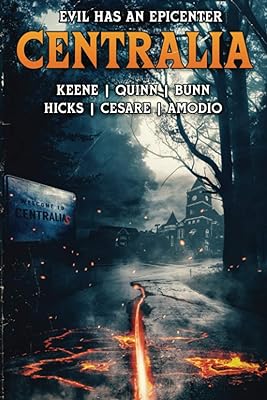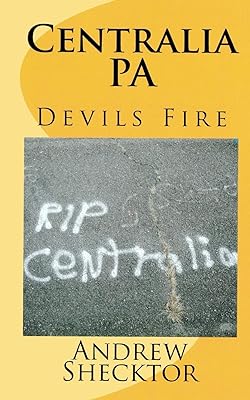By early 1983, the situation was dire in Centralia, Pennsylvania. Deadly gasses like carbon dioxide and carbon monoxide spewed from numerous fissures in the ground. A few residents, like Todd Domboski and John Coddington, had nearly been killed as a result of the mine fire.
The town and its residents were fragmented into different action groups. These squabbled and fought over what should be done. Some wanted to have everyone relocated. Others pushed for the fire to be extinguished so Centralia could remain intact.
Finally, in January of 1983 these groups realized they could have a bigger impact if they came together and attempted to find common ground. The idea for Centralia’s Unity Day was born.
Unity Day was the brainchild of Helen Womer, wife of Centralia PA’s late mayor, Carl Womer. The Womers lived at the end of Wood Street, only a few hundred feet away from where the mine fire had begun in 1962.
In many ways, Unity Day was the last hurrah for Centralia. According to David DeKok’s book Fire Underground, the town was cleaned and decorated in red, while, and blue ribbons. The news media was everywhere, ensuring good exposure for the borough.
Much of the activity centered around St. Ignatius Church. Hundreds of people attended a service there. After this concluded, balloons and small flags where handed out to attendees. A parade, including a marching band, commenced down Locust Avenue towards the Municipal Building near the other end of the borough.
At the Municipal Building there were crowds of onlookers and speeches by politicians. Residents also spoke loudly of their desires to see Centralia Pennsylvania saved. Some carried signs and wore buttons with phrases like “Set Centralia Free in ’83.”
When it was over, most considered Unity Day a success. Thanks to the efforts of residents like Helen Womer, Unity Day connected with the news media and politicians. It put the plight of Centralia front and center.
However, the positive attention and hopes for saving the town were short lived. Within a few months, the unified action group within Centralia PA started to fragment and old rivalries resurfaced. By early 1984, the effort to save the borough was over and the relocation of its residents had begun.

